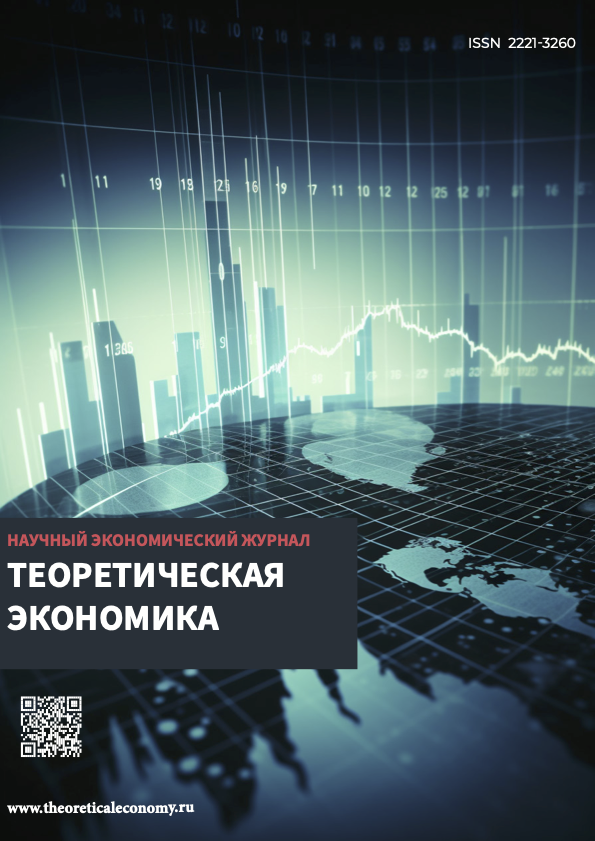Yaroslavl', Russian Federation
Integration processes generate so-called «spillover effects» that affect the welfare of the population of the countries involved in integration processes. Russia, as the largest economy of the EAEU, acts as the main generator of economic impulses/»shocks» for the other member countries of the economic association. The lack of real growth drivers, the dependence of federal budget revenues on commodity exports, systemic disproportions of the national economy, high inflation and volatility of the national currency exchange rate, as well as other negative processes, have led not only to the deterioration of a number of macroeconomic indicators of the Russian economy, but also dealt a serious blow to other EAEU member countries, which were forced to face the challenges of rising domestic prices, shrinking volumes of mutual trade turnover, the threat of secondary sanctions, and intensified competition. The aim of the study is to verify a number of predictions of P. Krugman’s model on the example of the EAEU functioning. Hypotheses of the study – the growth rate of trade turnover within the EAEU will be inferior to the dynamics of the regional economies of the member states of the integration association; the growth rate of foreign trade of EAEU member states with third countries will outpace the dynamics of the world economy. Correlation analysis was used to test the hypotheses put forward in the paper. As a result of the study, the hypotheses put forward in the paper were not unambiguously confirmed by the data characterizing the economy of the EAEU member states in the long-term time interval. The data analysis showed a direct statistically significant relationship between the dynamics of mutual trade turnover within the EAEU and the dynamics of GDP for the three member countries of the integration association; there is no correlation between the dynamics of foreign trade of the EAEU countries and the dynamics of global GDP.
interregional and international trade, spillover effects, correlation analysis, GDP, EAEU
1. Afanas'ev, D.O. (2014). Opredelenie znachimyh kanalov peretoka krizisnyh yavleniy v RF iz drugih stran. Nauchnye trudy Vol'nogo ekonomicheskogo obschestva Rossii. URL: https://cyberleninka. ru/article/n/opredelenie-znachimyh-kanalov-peretoka-krizisnyh-yavleniy-v-rf-iz-drugih-stran (data obrascheniya: 01.08.2023)
2. Krugman, P. (2015). Interregional and international trade: Different causes, different trends? In Regional Science Matters: Studies Dedicated to Walter Isard (pp. 27–34). Springer International Publishing. https://doi.org/10.1007/978-3-319-07305-7_3
3. Shkiotov, S.V. (2017). Dinamika tovarooborota v EAES: verifikaciya modeli mezhregional'noy torgovli P. Krugmana. Konkurentosposobnost' v global'nom mire: ekonomika, nauka, tehnologii. 7(1), 156-158
4. Markin, M.I. i dr. (2019). Ocenka vliyaniya integracionnyh processov na konkurentosposobnost' stran-uchastnic EAES: Monografiya. Yaroslavl': Izdat. dom YaGTU.
5. Evraziyskaya ekonomicheskaya komissiya. Statistika vneshney i vzaimnoy torgovli tovarami. URL: http://www.eurasiancommission.org/ru/act/integr_i_makroec/dep_stat/tradestat/Pages/default.aspx (data obrascheniya: 01.08.2023)
6. World Bank Database. URL: https://data.worldbank.org/indicator/NY.GDP.MKTP.KD.ZG (data obrascheniya: 01.08.2023)
 This work is licensed under Creative Commons Attribution-NonCommercial-NoDerivatives 4.0 International
This work is licensed under Creative Commons Attribution-NonCommercial-NoDerivatives 4.0 International











